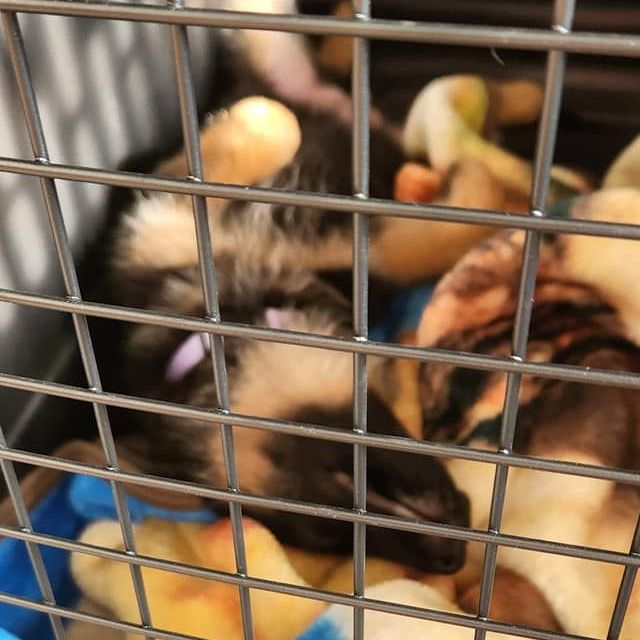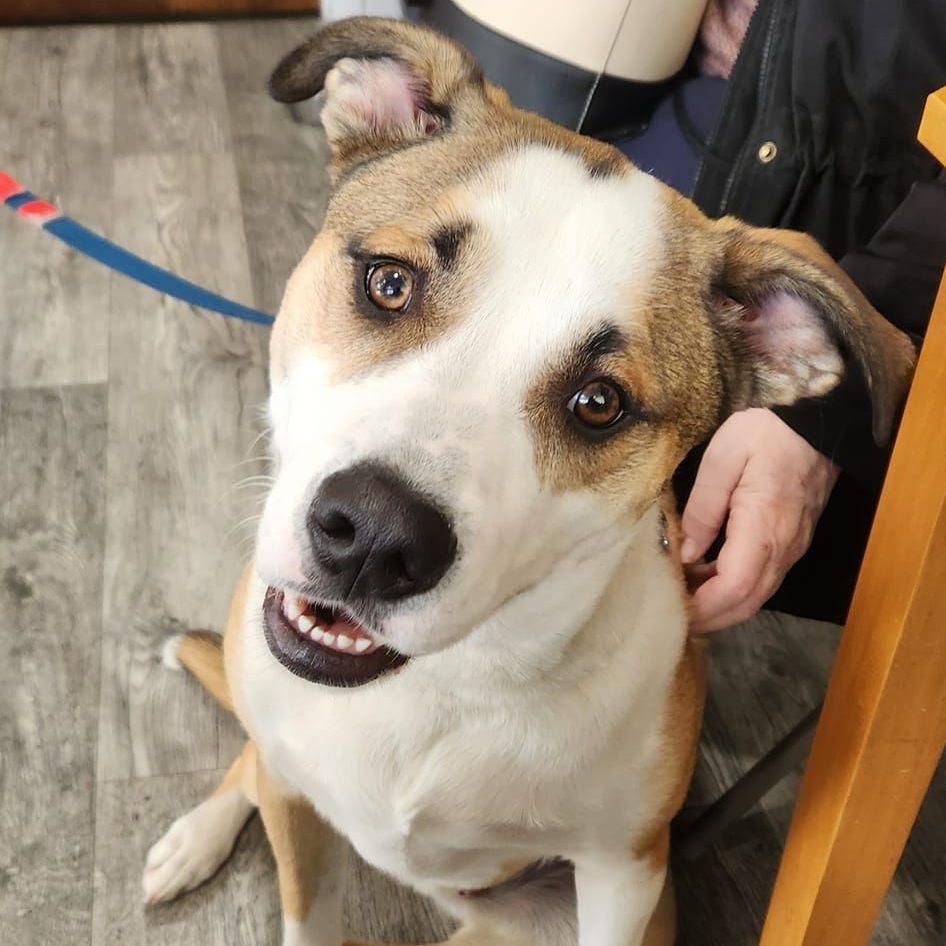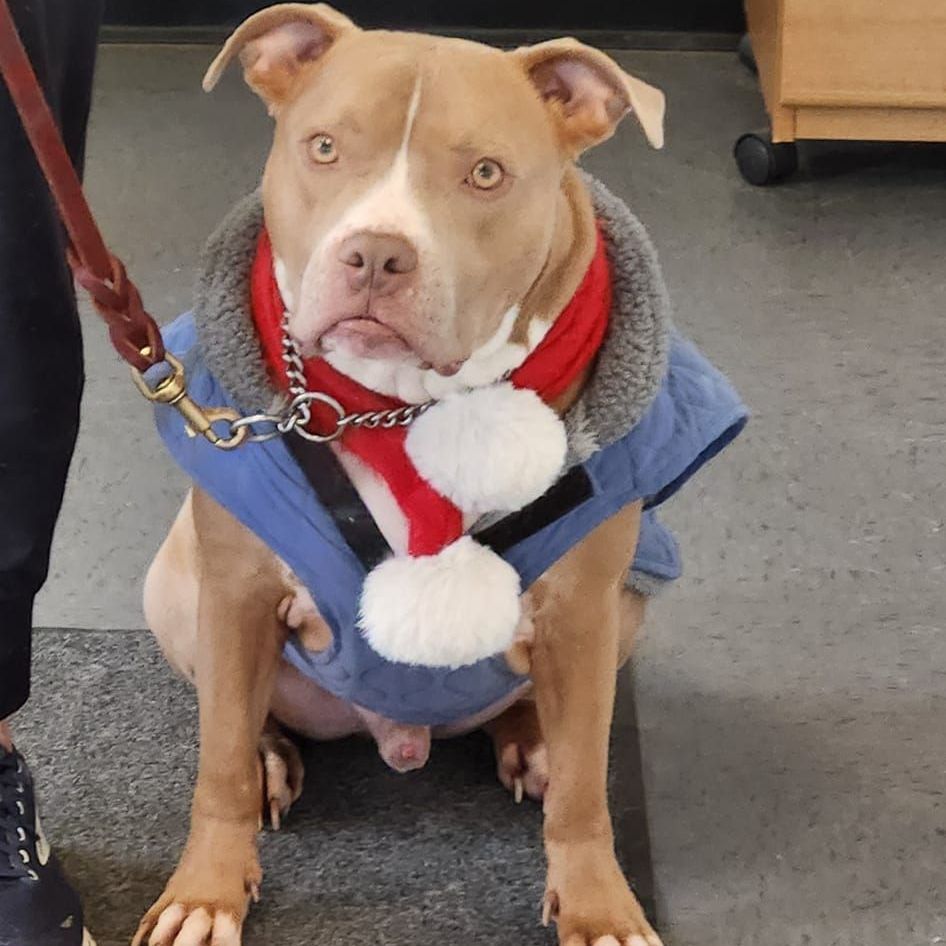Build a Stronger Bond: The Power of Positive Reinforcement
Sue Battel, Certified Behavioral Trainer
I've been training dogs for over 40 years, and one thing has always been clear: positive reinforcement is the most effective and humane way to teach your dog. It's about building a strong, trusting relationship, not about domination or fear. I've witnessed the transformative power of positive reinforcement firsthand. It's the foundation of my approach, and I believe it's the most effective and humane way to train any dog. This method focuses on building a strong, trusting relationship with your canine companion, fostering a bond based on mutual respect and understanding.
Why Positive Reinforcement Works
Unlike fear-based training methods that rely on intimidation and punishment (such as shock collars), positive reinforcement leverages rewards to encourage desired behaviors. This creates a positive learning experience for your dog, making training enjoyable and rewarding for both of you. When you reward your dog for good behavior, you're telling them, "Hey, that's exactly what I was looking for!" This creates a positive association with training, making them more eager to learn and please you.
Here are some of the benefits of using positive reinforcement:
Builds Confidence:
When dogs succeed, they feel good about themselves and
their confidence soars. This boosts their confidence and makes them more receptive to learning new things.
Strengthens Your Bond: Rewarding good behavior strengthens the bond between you and your dog.
By showing kindness, patience, and unwavering support, you build trust and create a deep connection with your dog.
Reduces Stress: Yelling and punishment can create
fear, anxiety, and even aggression in dogs. Positive reinforcement creates a calm and positive learning environment that's enjoyable for both of you.
Rewards, Not Punishment: By focusing on rewarding good behavior, we create a positive association with training. Your dog learns to associate training with pleasant experiences, making them eager to learn and please you.
Saying "No" to Harsh Methods
I am deeply troubled by the continued use of harsh training methods like shock collars. I've seen firsthand the damage that these methods can do. These devices inflict physical pain and cause immense emotional distress, leaving lasting negative impacts on a dog’s well-being. It's crucial to remember that our dogs are sentient beings with feelings and emotions, not machines to be controlled.
My Commitment to Fear-Free Training
I am dedicated to providing I believe every dog deserves a happy, healthy, and fulfilling life lived in harmony with their human family. I believe every dog deserves a happy, healthy, and fulfilling life lived in harmony with their human family. I focus on building a strong bond based on trust, respect, and mutual understanding.
Share the Learning:



